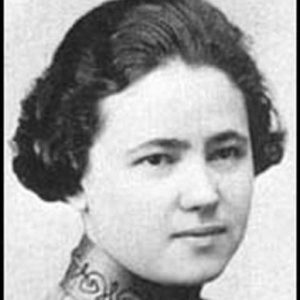Anarchist history, to be worthy of the designation, must differ from ruling class history in much the same ways that anarchists oppose the rulers themselves. We don’t seek to replace their cops with our cops, or old privileges with new ones. And we shouldn’t try to replace their statues and idols with a new list of saints and demigods.
But we’re not arguing against knowing our history. And we’re not jumping on the bandwagon of certain recent academics that try to make a splash by attacking an imagined ‘canon’ as being somehow too anarchist yet not anarchist enough. We just want more: more stories of more people who put their lives and liberty on the line to advance the cause of life and liberty for all. The ultimate movement against hierarchy and all forms of oppression should read as horizontally as possible. After all, every one who has actually spent significant time in anarchist circles and spaces knows that the day to day work of anarchism—free-food hand outs, political prisoner support, mutual aid networks, organizing projects and events, making scenes, etc—is what the movement is really about. And it is the people that show up week after week, year after year, to do this unpaid, tedious, and sometimes dangerous work who are not only the backbone of the movement, but its heart and mind as well.
There have been thousands upon thousands of such sincere anarchists from all over the world over the past couple centuries. Those who we tend to hear more of became (in)famous perhaps as a result of state persecution, or by giving good speeches, or beating the crooks at their own game. But the vast majority of active anarchists are usually absent from both official and popular histories. Some of them died with vive l’anarchie on their last breath, some endured years in prisons and gulags without betraying their comrades or ideals, some even managed to grow old surrounded by loved ones, but never missed their meetings if they were well enough to go. And all of these people have stories we can learn from, as much as Emma and Buenaventura and Kuwasi do.
Sometimes, in the course of their lives, between having jobs and families and friends and lending what free time they have to the movement, such people have some ideas that they think are worth sharing, or at least jotting down. These may come to us in the form of letters to comrades, articles for radical papers, zines, chap-books, or even a proper book now and then. It is the words and ideas of these lesser known anarchists, often ignored or forgotten amongst the capitalist tendency to see everything as a pyramid scheme, that this series aims to get into more hands and heads.
We believe that re-discovering the voices of those whose lives helped weave the web of anarchism creates a sustainable culture of
solidarity and resistance, and helps us move forward strengthened by deeper knowledge of our shared dynamic history.

Mollie Steimer is one of those anarchists that we feel deserves to be more well-known, so we named this project after her. Hopefully she wouldn’t mind the attention. Hers was a deeply ethical and uncompromising anarchism, which remained her guiding principle from fin de siécle organizing in New York City, through deportation to the fledgling USSR—whose emerging authoritarianism she could not abide—to fleeing the horrors of the second european war and genocide, a whirlwind of forced exile and finally settling as a refugee in Mexico along with her partner, Senya Fleshin. We took her name as our namesake to help remind us of how resilient our ideal, and our comrades, can be.